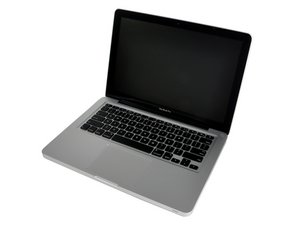EL Capitan Error - Help
Hello! So, okay, when I was upgrading my OS earlier, it was stuck at 19 minutes. I waited for 3 hours hoping that it would go back to normal but it didn't so I decided to turn it off by pressing the start button.
When I did, first attempt, it asked me to log-in my account then at the upper left, it says:
panic ( cpu 2 caller ..........................
BSD process name corresponding to current thread: init
Mac OS version: Not yet
Now, when I went to the Recovery Mode, it would let me re-install it once again but the problem is there isn't enough disk space. I have 11GB and it needs 3GB more. What do I do so I can access my file and transfer them on the external harddrive?
Thank you!
UPDATE 10-12-15
Hello sirs!
Thank you for the help. I have a feeling that your techniques going to work. I have one last error, when I am signing in to the App store, it says: There was an error connecting to the Apple ID server.
That's the last question! Haha. Hopefully everything turns out the way they should after :)
Is this a good question?


 2
2  2
2  6
6 
1 Comment
The App Store error is a network error. You may need to try at a different time when others near you aren't using the network (early morning or late at night) .
by Dan